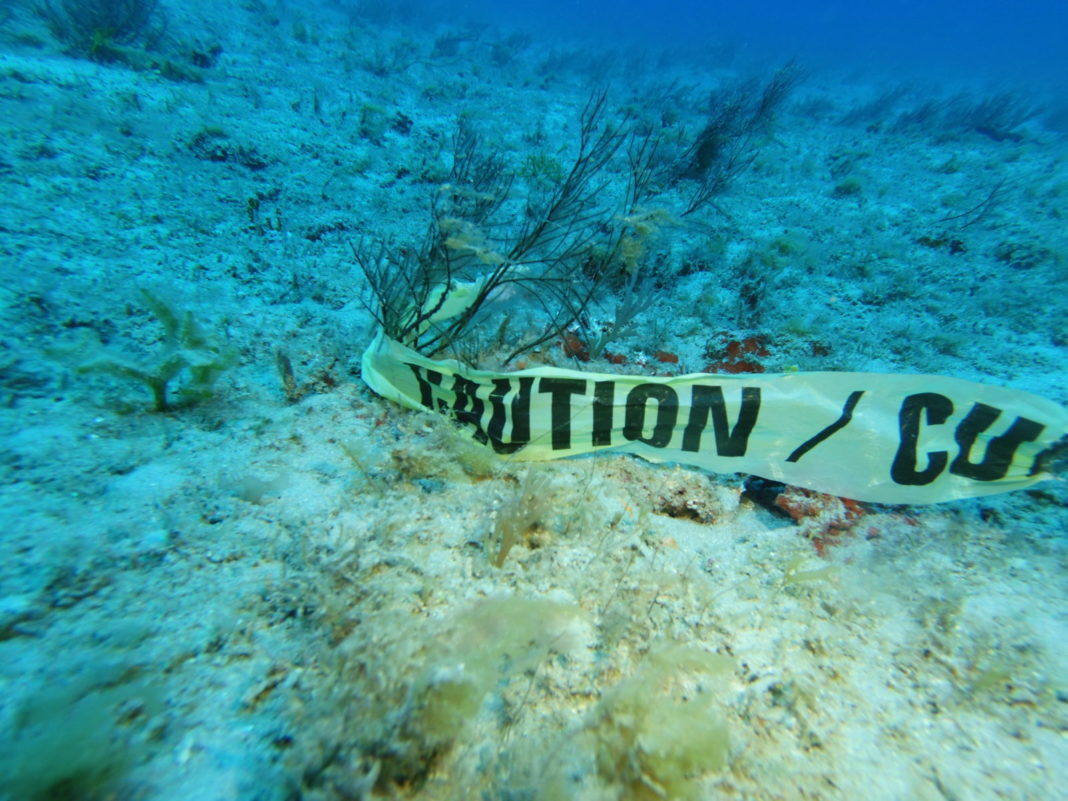Restrictions on Cruisers Transiting the Florida Keys
True, legally, transients are barred. However, after living here in Marathon for two years, we have never seen the dinghy police. Just say’n for those in real need who have been quarantined for awhile. We’re leaving in the next few days or we would offer to get the groceries. There are several other loopers still here that may speak up and offer. We are all in this pandemic together.
Another idea is to have Publix deliver the groceries to the fuel dock while you are fueling. They make deliveries from online orders. Not sure about Winn-Dixie.
I was super curious so I checked the boat ramp up by us and there were no signs. So I worked my way down to the ramp by Keys Fisheries (bay/gulf side). Saw the homemade signs and a marked patrol vehicle sitting in the lot as they do at all of the ramps since the new regs went into effect a couple of months ago.
Talked to the officer, CBP T. Diaz, while there and asked why the signs as transients are trying to get food. His words, not mine, were to the effect that during this past late winter too many boaters were anchored off shore and the whole boat ramp and waiting wall was filled with dinghies which interfered with the trailer boats. Understandable. So the city manager put up the signs. I explained the situation with some transient boats needing to get food supplies for a couple of hours so they could head north and he replied that Monroe County deputies wouldn’t write a citation for a dinghy or two if that was what they were doing and the signs really aren’t official anyway as well as no real regulation. Just stay at the end of the wall or better yet, anchor your dinghy a few feet out from shore and wade in. Maybe even leave a note on the dinghy with a contact number.
My recommendation is still to go into or near Boot Key Harbor and anchor semi-legally and then dingy in since the bay side isn’t nearly as good and there is lots of seagrass on that side. I forgot to check Burdines dinghy dock area but a neighbor went there last week by boat and docked without a question raised. Burdines has both fuel and water. Both Pancho’s Fuel Dock and Marathon Marina & RV Resort have fuel and water and are connected to BKHarbor. Bayside, Faro Blanco has fuel only from my understanding. I’ll also bet if you dinghied up to Dockside bar & grill, bought a couple of cold beers and a meal and asked the owner, Simone, if you could leave it tied for an hour while you fetched groceries, I’ll bet she says okay.
FWC Seeing a Large Number of Non-Residents in Monroe County

























Be the first to comment!